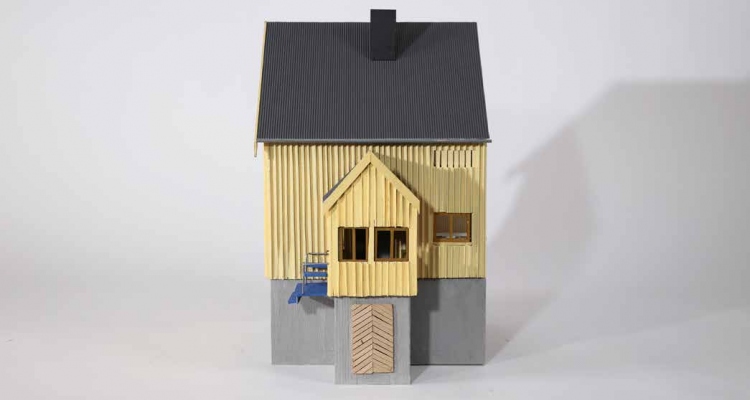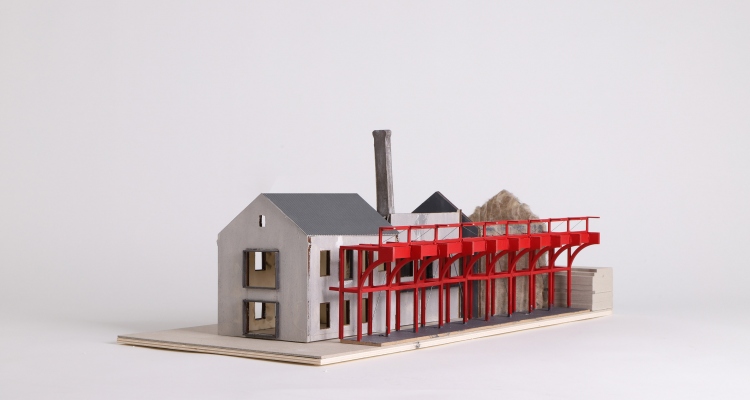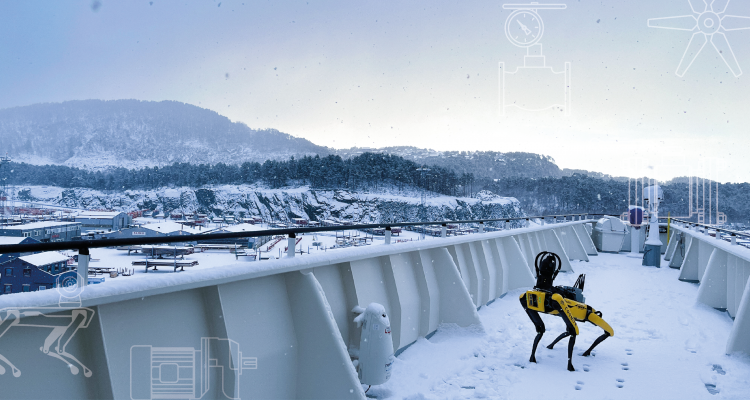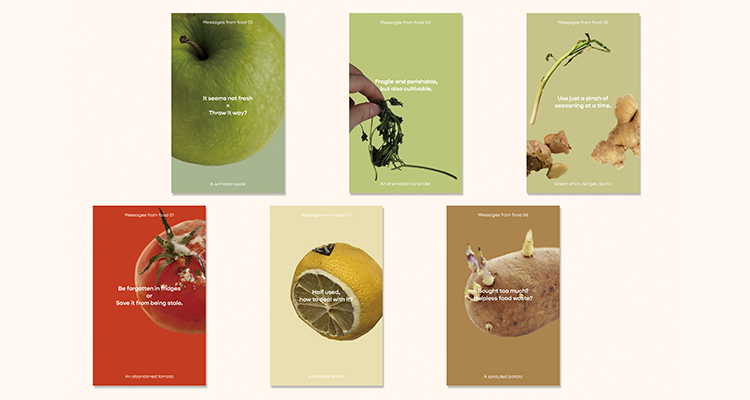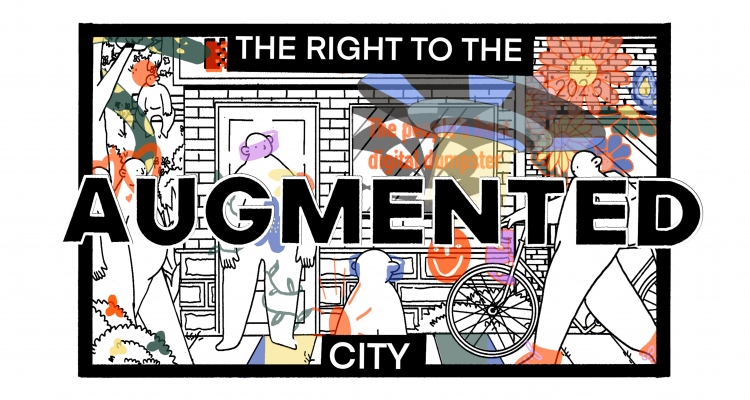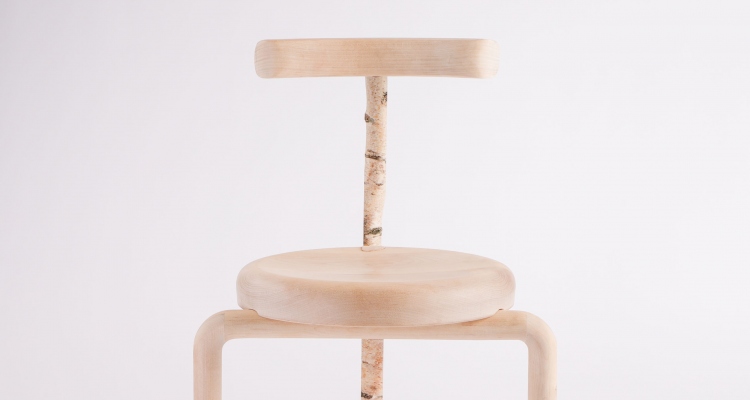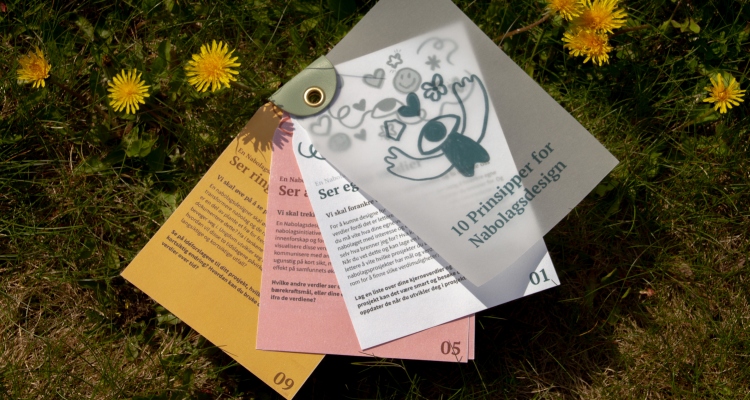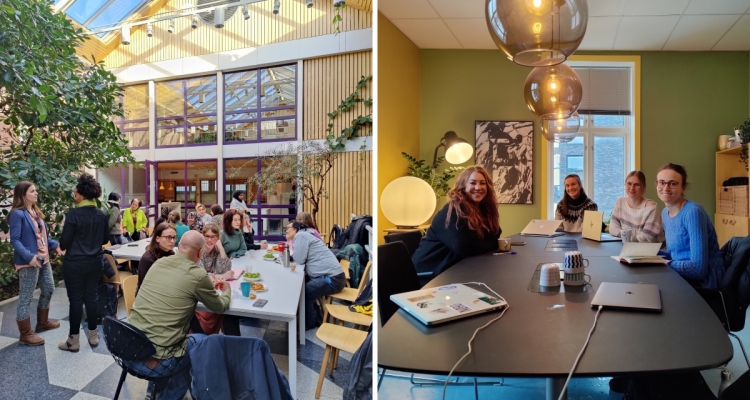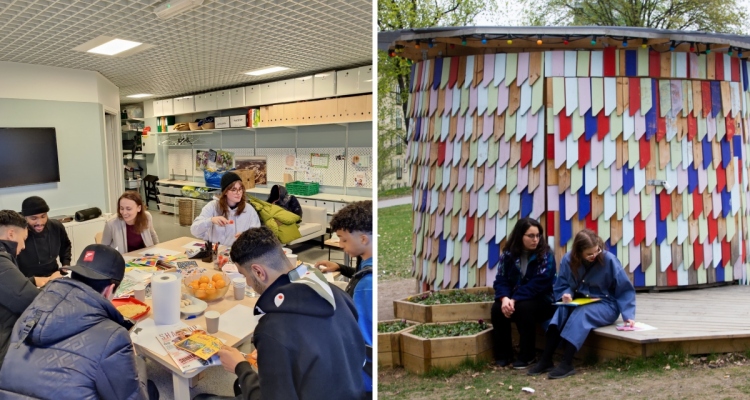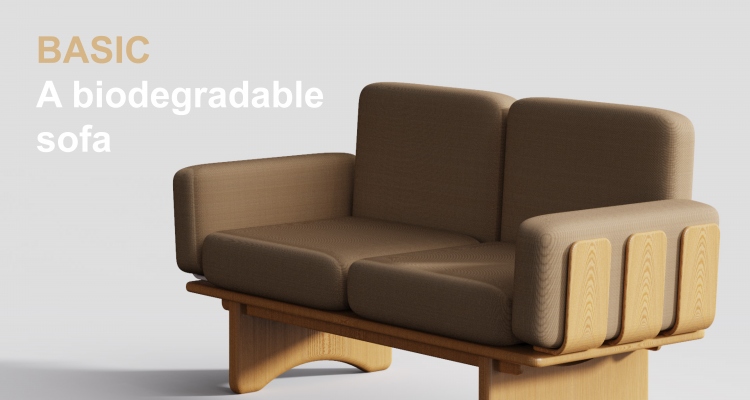This diploma project is about rehabilitation of the post war reconstruction architecture in Nord-Troms and Finnmark. How can the post war houses be rehabilitated with respect for cultural history while also meeting the criteria for a good home in our time?
Diplomprosjekt

80% of our oceans are unmapped, unobserved and unexplored. As a costal nation with over 100 000 km of coastline and over 900 000 ton on low value unused mass from the marine sector. We need materials that tread lightly on the planet and respond well to a dynamic climate - ideally doing both.
Are bio-materials such as seaweed the future?
Immigrant elderly in Norway encounter healthcare access challenges due to language and cultural barriers, leading to ineffective communication with service providers and inadequate care. Additionally, institutions lack cultural sensitivity, hindering integration and comfort within the healthcare system.
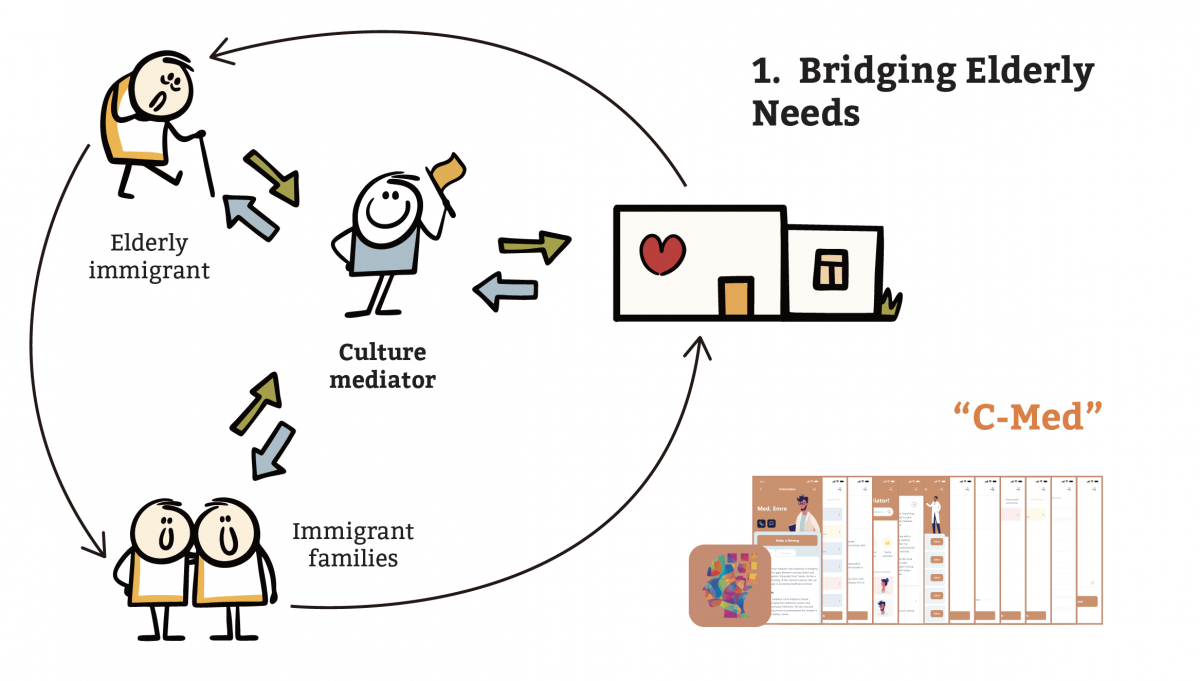

The fourth industrial revolution has the potential to enable integration of robots to solve various jobs within heavy asset industries such as manufacturing and processing, to create a safer and more efficient work place. One of the jobs potentially fit for robot integration is in asset performance management (APM), and routine monitoring of equipment such as pumps, pipes and gauges.


“Messages from Food” is a service design project that seeks to cultivate a deeper connection and appreciation towards food by encouraging individuals to embark on a journey of self-exploration and education. While I initially focused on addressing food waste in households through food storing knowledge providing, the project delves deeper into the underlying problem of human detachment from food. The modern industrial food system has controlled a lot of uncertainty but has also made us less sensitive to the complex entanglement between nature, food, and life.
The augmented city envisions a future where augmented reality becomes a new digital public infrastructure, mediating interactions between citizens and their city. Instead of focusing on a single app augmenting a specific location, this project examines the impact of an ecosystem of augmentations facilitated by private companies. This exploration includes examining ownership models that may emerge as AR technology becomes more prevalent in urban environments.
This project is about material exploration of haptics and tangible input as a study in interaction design. As our technology advances, we are exposed less to sensory experiences and miss out on the cognitive benefits they give us. This seamless approach gives us less time to reflect and evaluate our actions. The project explores how tangibility in our interactions can change experiences and uncover new ground covered by our perceived affordances and cultural conventions.
Every year, more timber grow than what is harvested in Norwegian woods, and birch is the most under-utilized wood species. In the material-driven design process, the typical approach to product design is reversed by starting with a material and designing product applications from that. Based on this, I have explored birch wood through a «7 weeks, 7 product concepts» approach, plus one concluding concept. The goal has been to work towards “know[ing] a material with your hands and not just your head.”
REPLACING FOAM TO CREATE A MORE SUSTAINABLE FURNITURE
Chairs and beds are products that we depend on in our everyday lives. They are products we cannot live without. But these products are not sustainably made, because of the foam they contain. The foam they use today has a cruel manufacturing process, and it cannot be recycled but only downcycled. The foam’s material is called polyurethan and is derived from petroleum.
Chairs and beds are products that we depend on in our everyday lives. They are products we cannot live without. But these products are not sustainably made, because of the foam they contain. The foam they use today has a cruel manufacturing process, and it cannot be recycled but only downcycled. The foam’s material is called polyurethan and is derived from petroleum.
